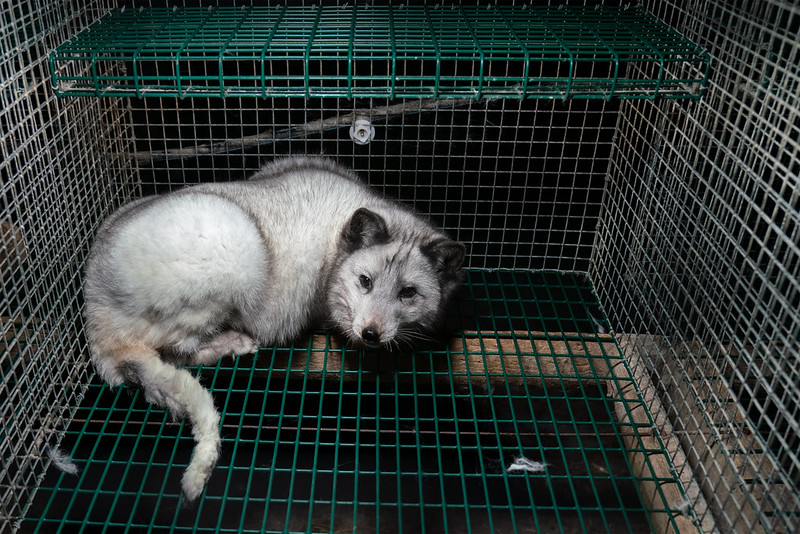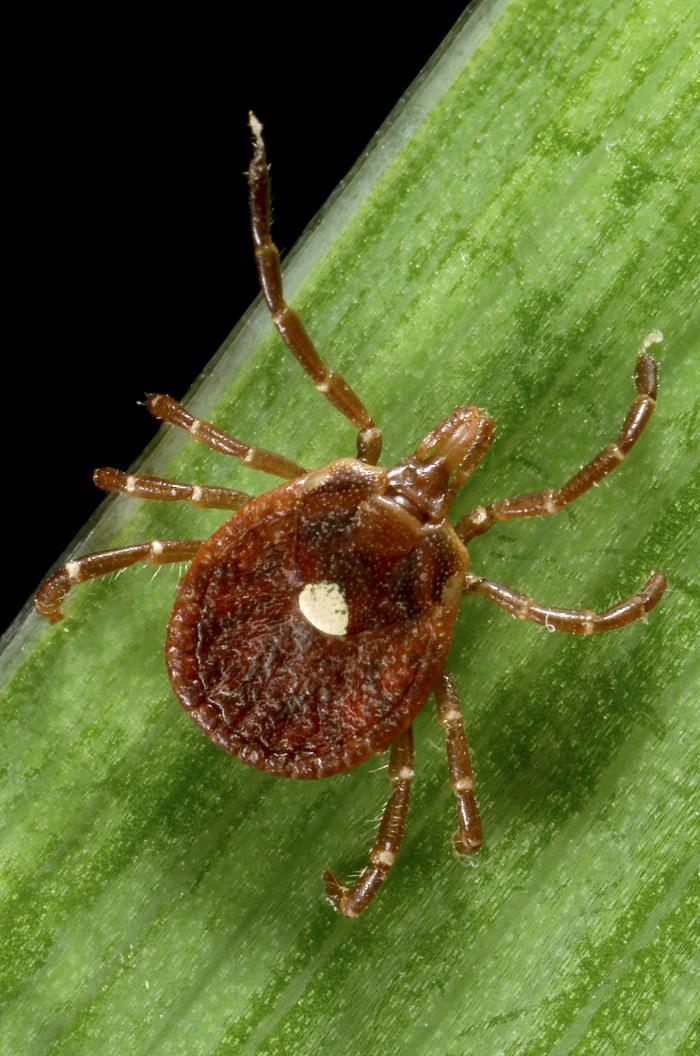In updates yesterday and today, the Finnish Food Authority reported eight more H5N1 avian flu outbreaks on fur farms, raising the total to 20. All are from the earlier affected regions.
Most of the farms house blue foxes, but one raises minks, another has raccoon dogs, and others have mixed-breed foxes.

The outbreaks began in the middle of July, and officials have said the animals likely contracted the virus from wild birds. Finland has reported several H5N1 detections in wild birds over the summer months. The events on the fur farms have heightened growing concerns about more frequent H5N1 detections in mammals and bolstered close monitoring for any genetic changes that would allow the virus to more easily infect humans.
United States, Netherlands report H5N1 detections in poultry
The US Department of Agriculture (USDA) Animal and Plant Health Inspection Service (APHIS) reported an outbreak in poultry at a live market in New York, the first poultry event since the middle of May. The outbreak occurred in Kings County, which covers Brooklyn, and the market had 660 birds.
Since November 2022, APHIS has reported eight outbreaks at live poultry markets from three states, mostly in New York at facilities in Kings and Queens counties.
Elsewhere, the Netherlands reported an outbreak at a poultry farm, its first since May, according to a notification from the World Organization for Animal Health (WOAH). The outbreak began on July 24 at a free-range layer farm in village in Flevoland province, located in the central part of the country. The virus killed 100 of 10,968 birds, and the remaining chickens were culled as part of the outbreak response.















